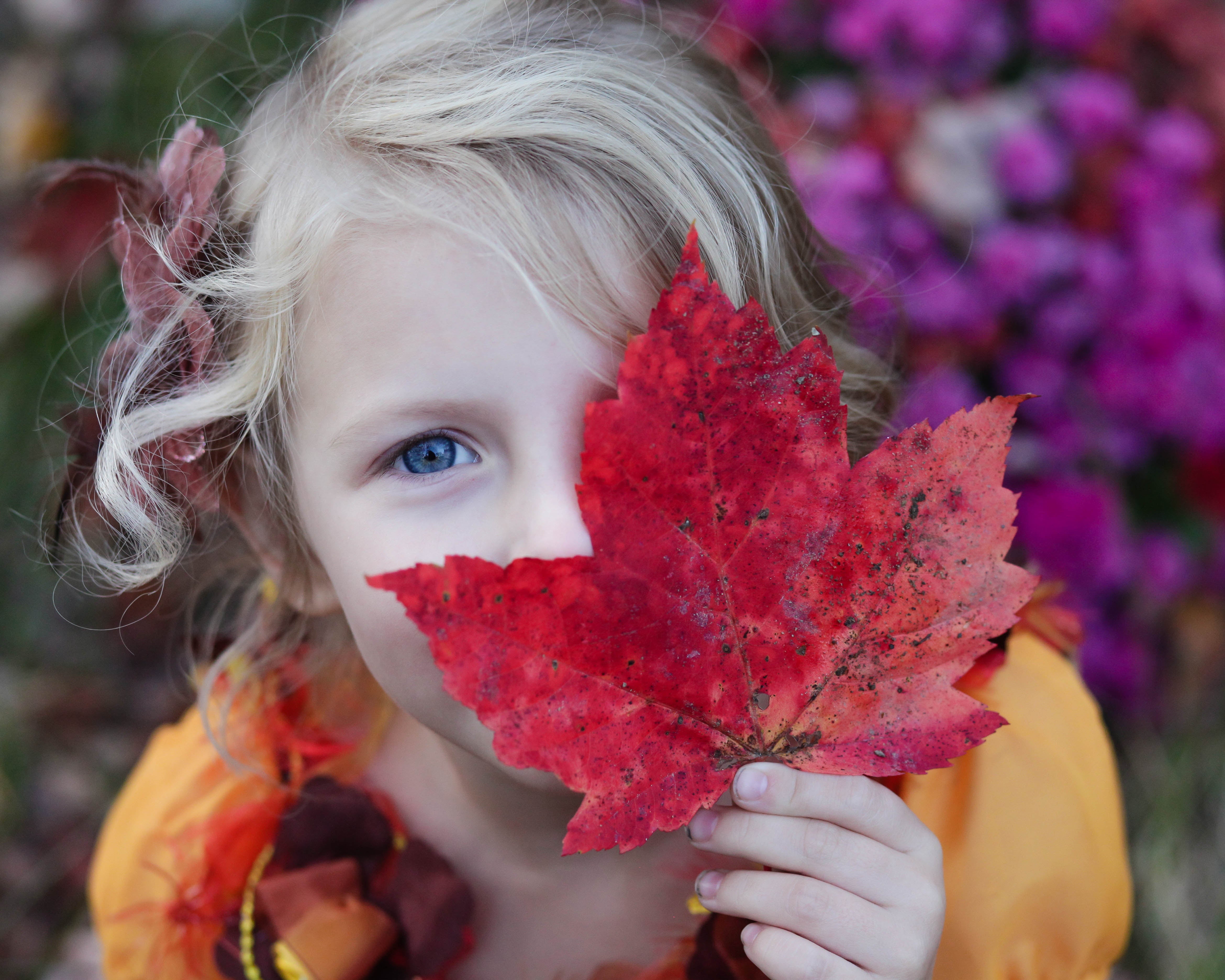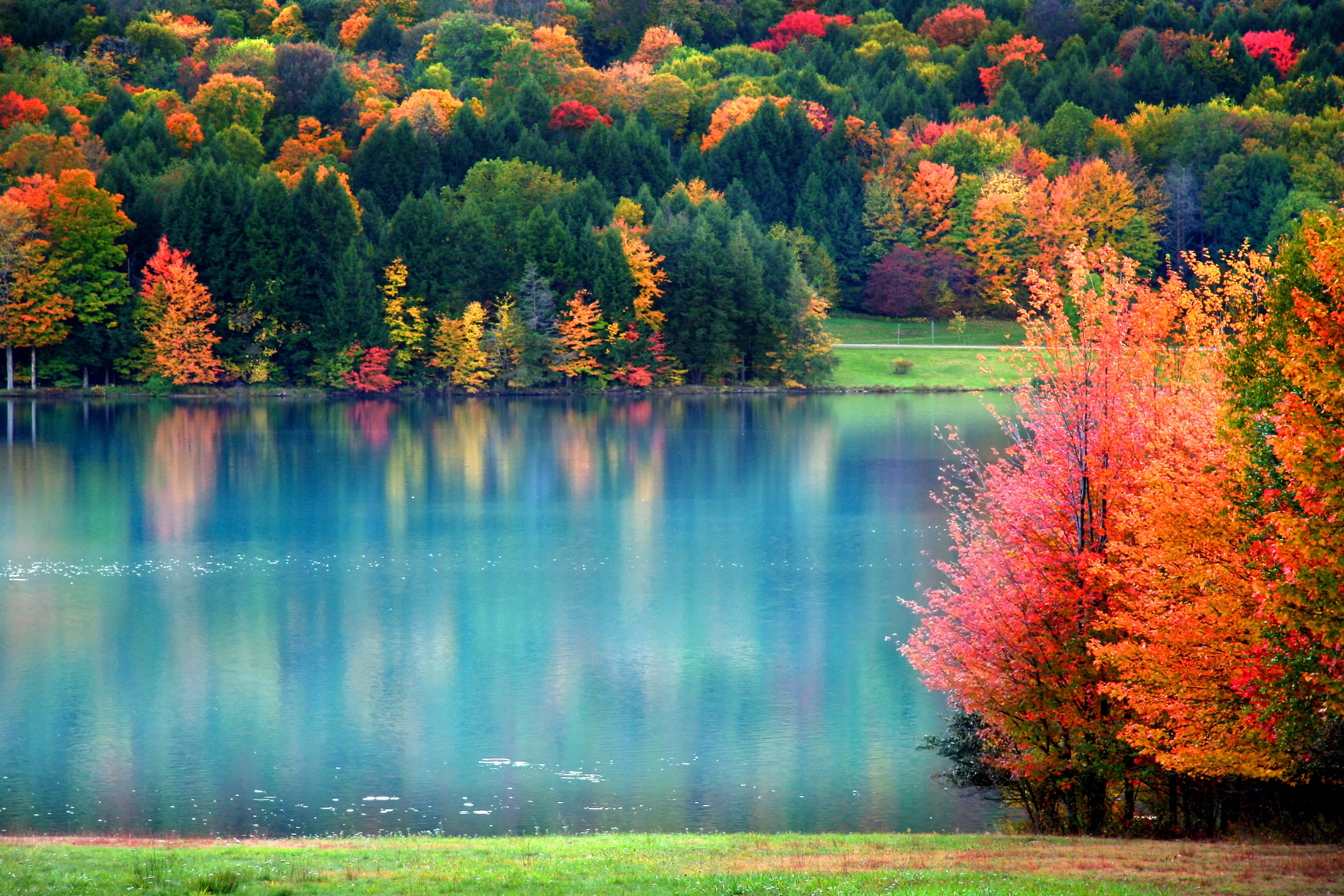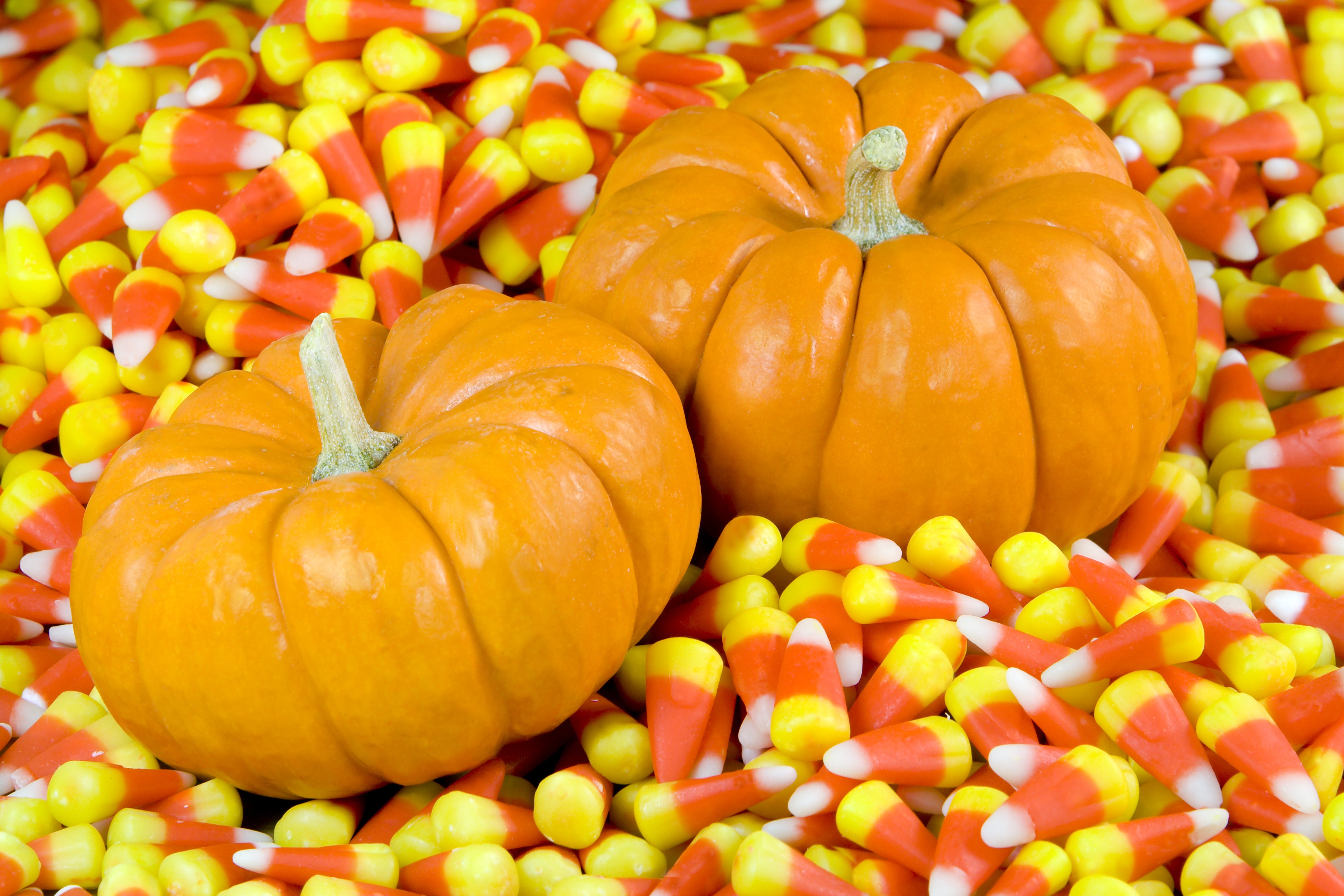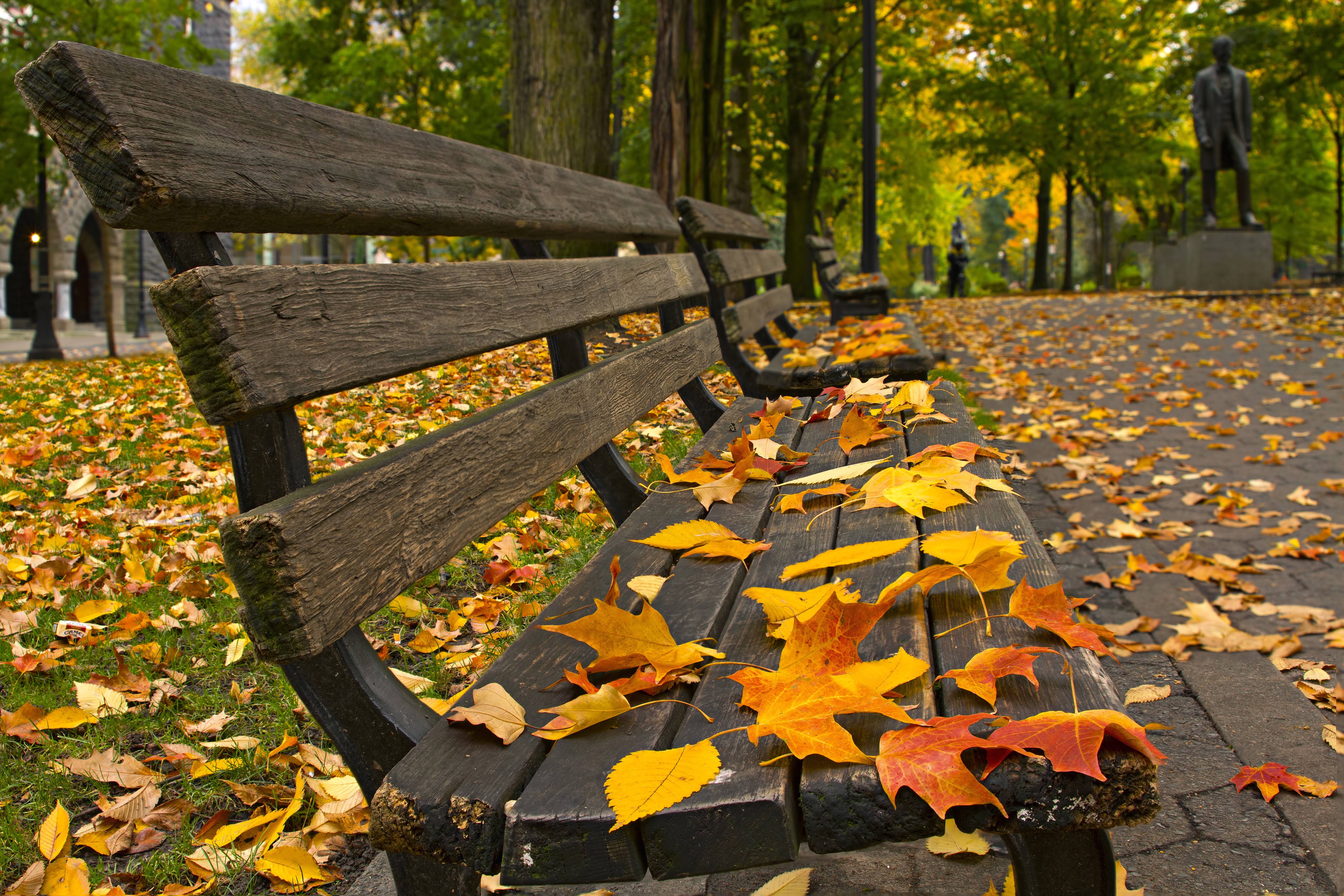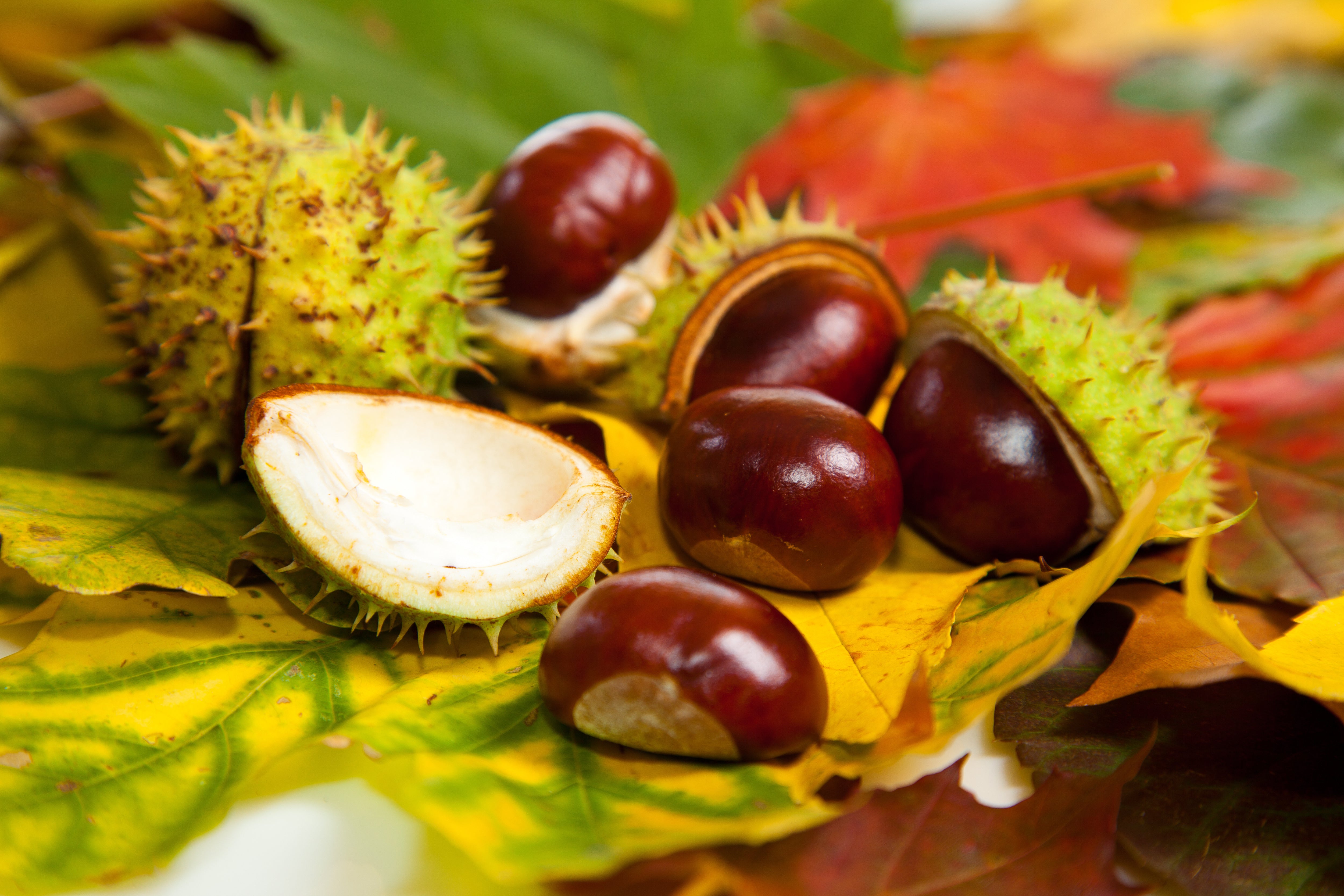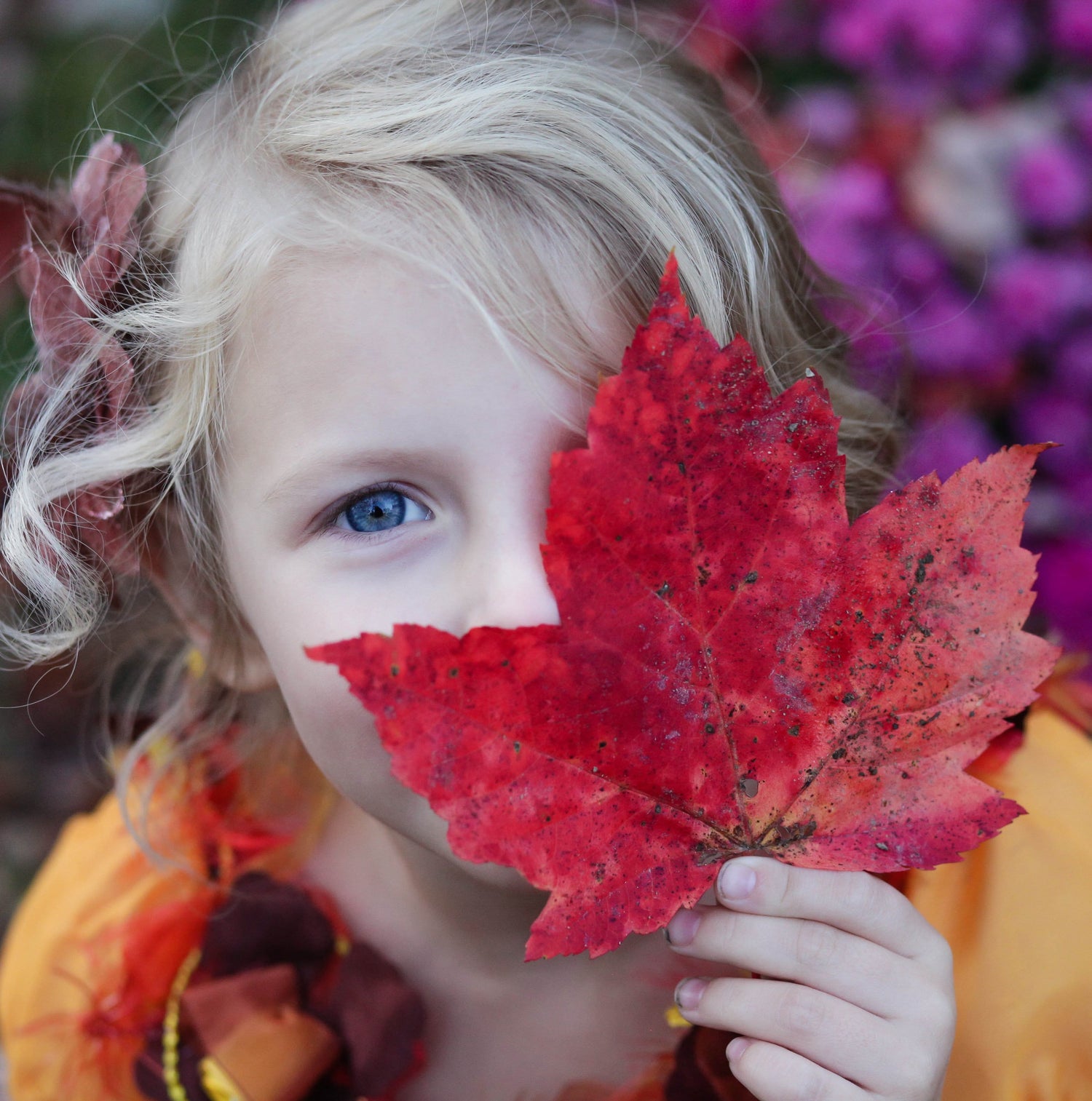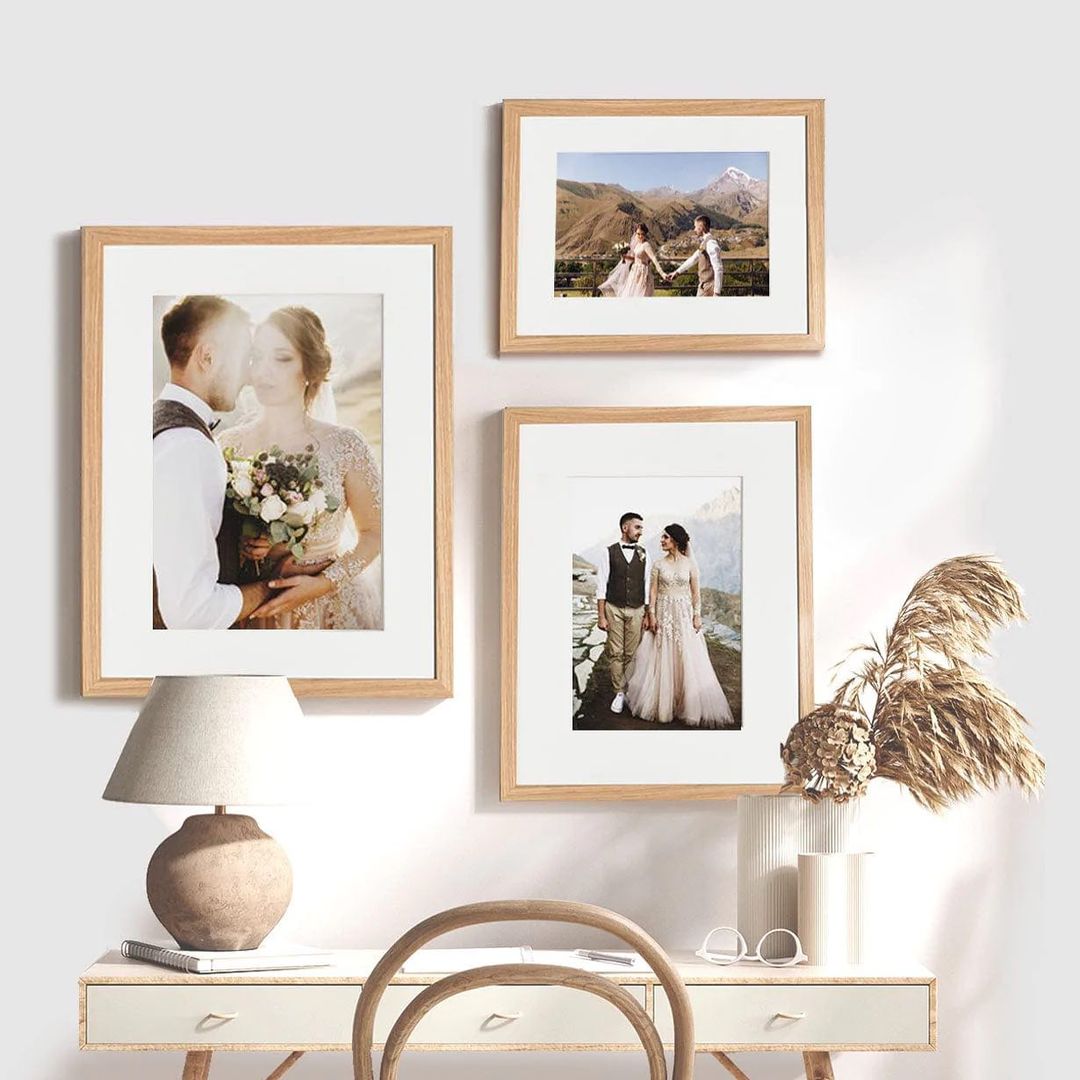
Winter, spring, summer, and fall: each season provides us with unique photo opportunities and challenges. Here are some autumn photography tips to help you capture the most from the season of changing colours.
The Gear
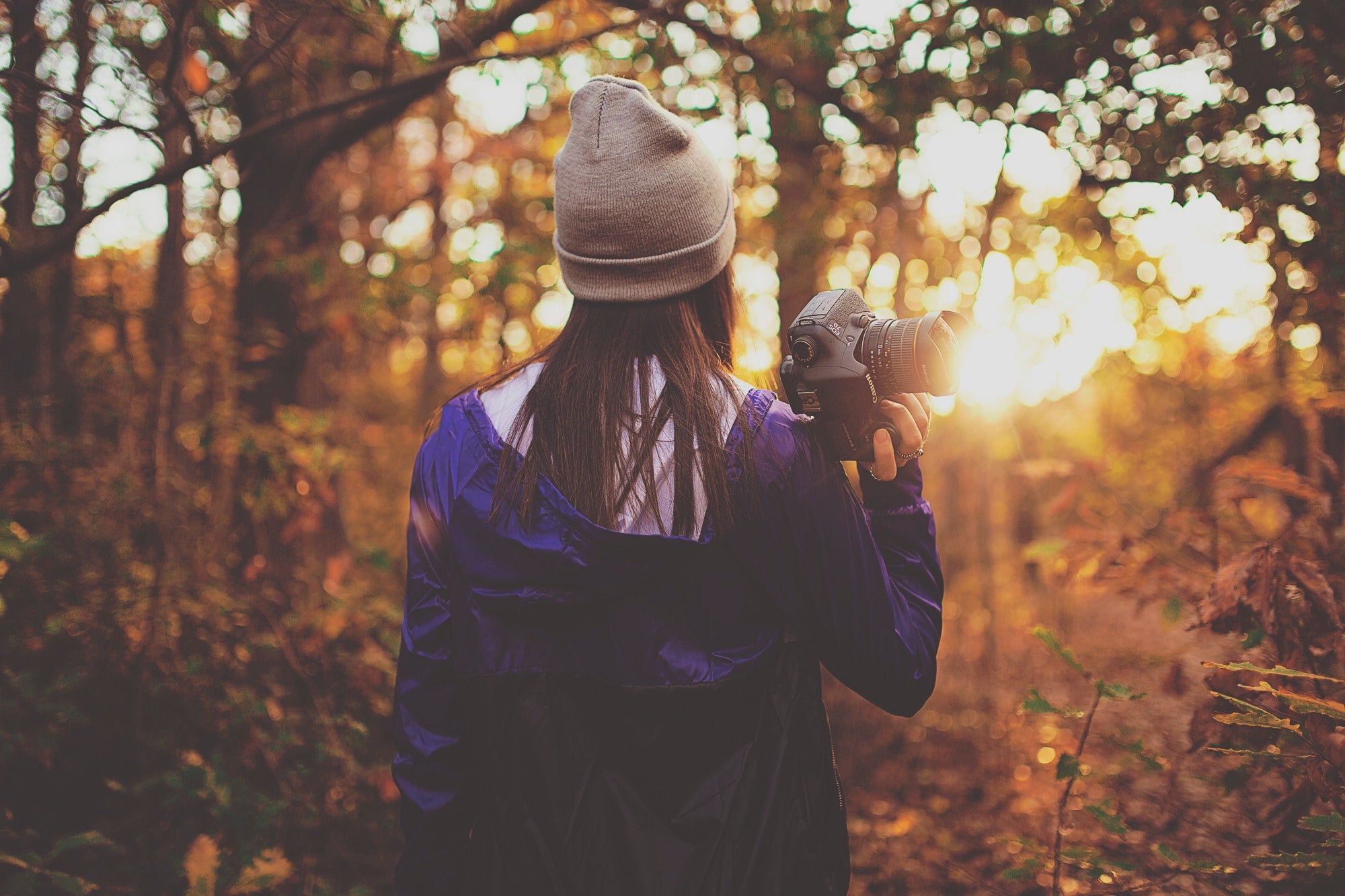
You don’t need a professional DSLR camera to capture great autumn photos – even the camera on your smartphone or a budget-friendly point-and-shoot camera will suffice if you educate yourself on lighting and composition techniques like the ones below. In fact, armed with these tips, you can get some great photographs without any extra gear. With that said, the following equipment can help contribute towards better photos (or just make your life easier):
- Tripod: especially important when using your camera’s zoom or when capturing close-up shots of autumn-themed subjects like leaves and mushrooms.
- Quality camera bag: to protect your gear from the elements, bumps, and drops
- Towel: if you’re going to follow my “get down and dirty” tip below, it’s a good idea to pack along a small towel to protect your clothes from getting wet and dirty or, at the very least, protect your camera from ground dirt and dampness.
- Rain cover: depending on the severity of the weather, you should consider packing along some kind of rain cover for your camera, be it a regular umbrella or something like the thinkTANK Emergency Rain Cover.
- Polarizing filter: if you own a DSLR, this is one of the most useful filters you can have. In relation to autumn photography, a polarizing filter can help accentuate all the vibrant fall colours. Check out Digital Photography School’s article – How to Use and Buy Polarizing Filters – to learn more and to discover an alternative option for those who own a point-and-shoot camera.
The Lighting
Natural lighting is best and, of course, the likely source for autumn photography. However, being outdoors doesn’t automatically give you the greatest lighting conditions for your photo shoot. In order for you to get the best possible images, it’s important to shoot at the right time of day: an hour or two just after the sun rises or before it sets. These “magic hours” project warm and soft lighting and won’t create harsh, unwanted shadows. If you’re unable to get out during the magic hours, all is not lost – shooting on cloudy overcast days can also produce great results.
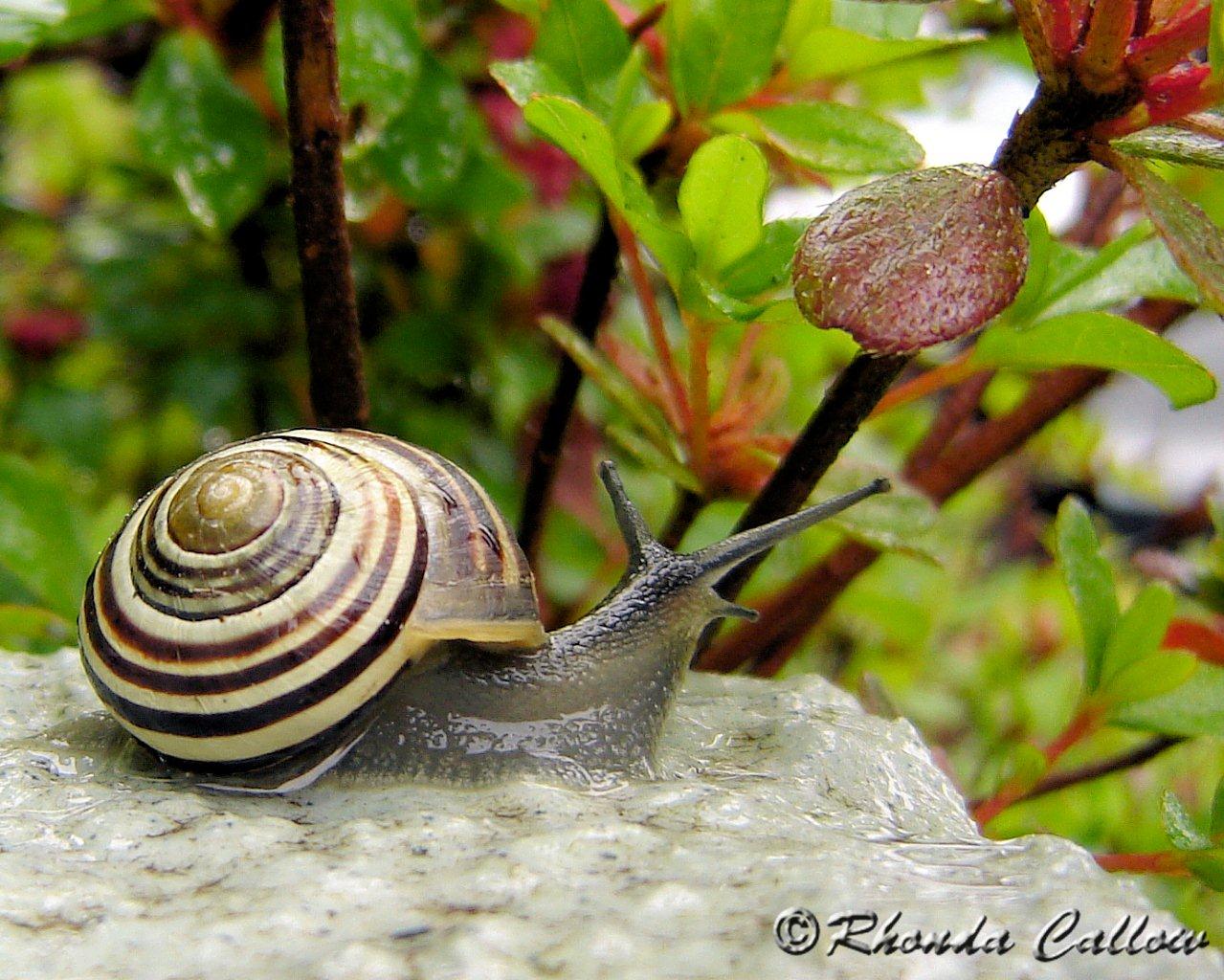
The Colours
Autumn presents us with beautiful colours that contribute towards stunning photos (and stunning prints, I might add!). Some of the most incredible autumn photos have not only vibrant colours in them, they also include contrasting colours, i.e. colours which are opposite each other on the colour wheel.

So, some photo opportunities could include crisp red leaves against lush green grass or a bright orange pumpkin patch with a clear blue sky as a backdrop.
If your surroundings don’t offer up a lot of options in the contrast department, you can also help your autumn-themed subjects stand out by using photo editing software to perform a post-processing technique called selective colouring.
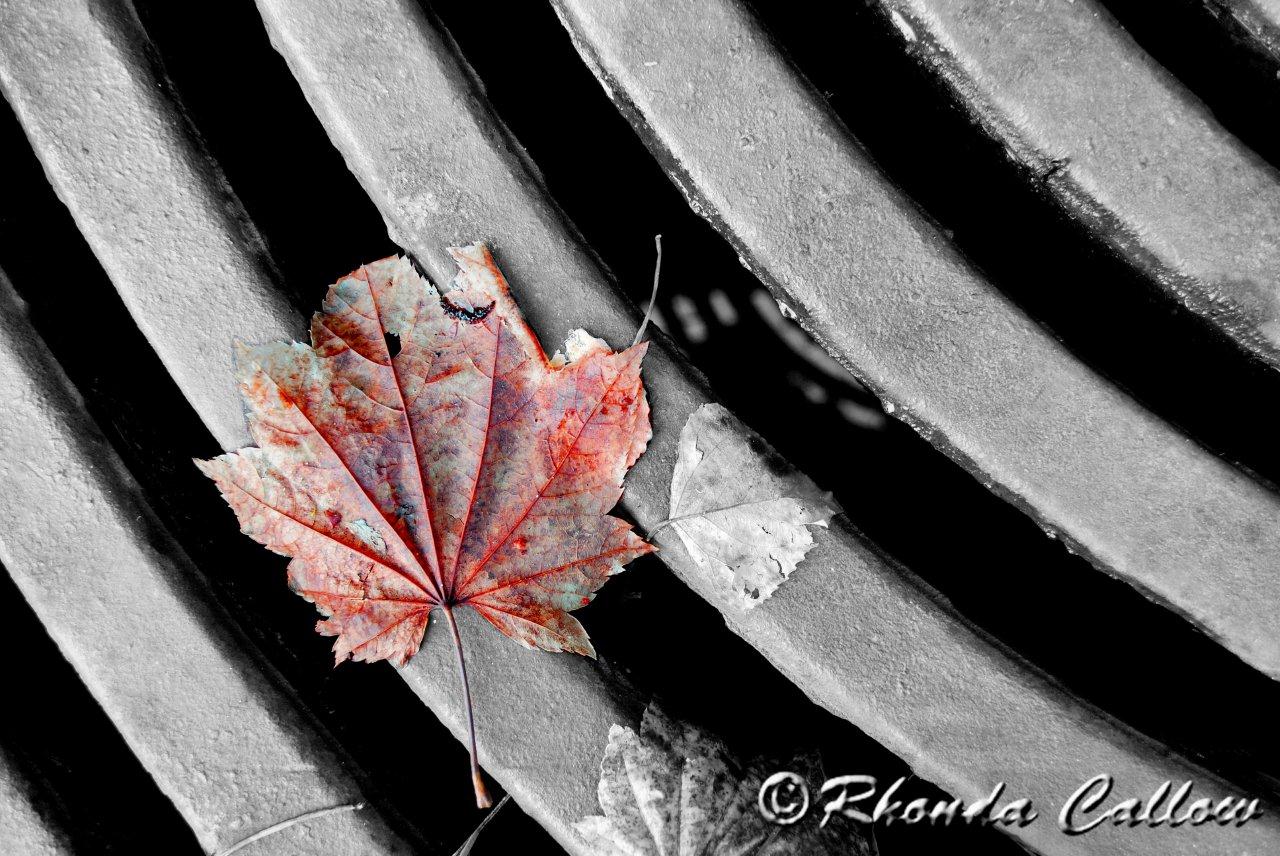
Textures
In addition to colour contrast, try to include contrasting textures in your photos for added interest. Think of all the different textures autumn provides us with, such as:
- Smooth pumpkins
- Veiny leaves
- Fuzzy moss
- Rough tree bark
- Bumpy toadstools
- Wet grass
Get Down and Dirty
If you really want to master autumn photography, you shouldn’t be afraid to get down on the ground in order to capture that must-have shot. Shooting from different angles can produce some fantastic images that are unique and extremely interesting. The underside of mushrooms, for example, have some great textures and shooting from ground-level will generate an entirely different feel than if you were to shoot the same subject from a standing position.
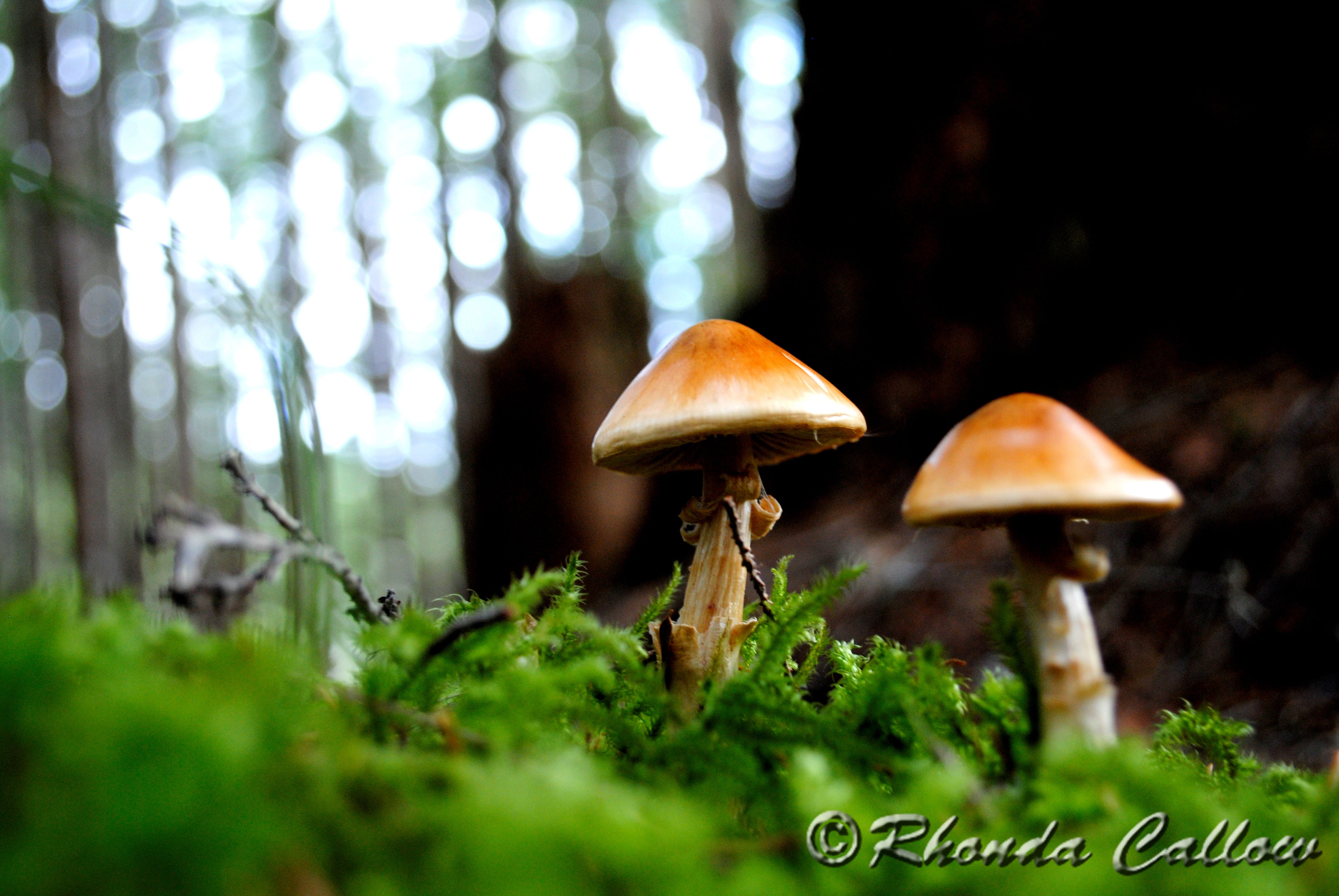
Bring it Home
Nature is best left undisturbed and I’m not suggesting you should destroy the flora and fauna to pack it home with you (I don’t think that squirrel would be very impressed if you tried!). With that said, if you’re struggling to capture a decent photo due to your environment – be it poor lighting, a shoddy background, or uncooperative weather (and not just rain; wind can make it next to impossible to photograph a macro shot of a leaf or other small subject) – there’s no harm in bringing a leaf or two home with you to photograph under a controlled environment. If you take this route, be sure to place the subject near a window to take advantage of natural lighting. You can even use the scenery beyond the window as a backdrop, fooling the viewer into thinking the photo was captured outdoors. That’s exactly what I did in the photo below; although the flowers have a mountain and blue sky as the background, and it’s obvious there’s natural sunlight shining on them, in reality, I photographed the flowers indoors: they’re in a vase, sitting on a table in my living room.
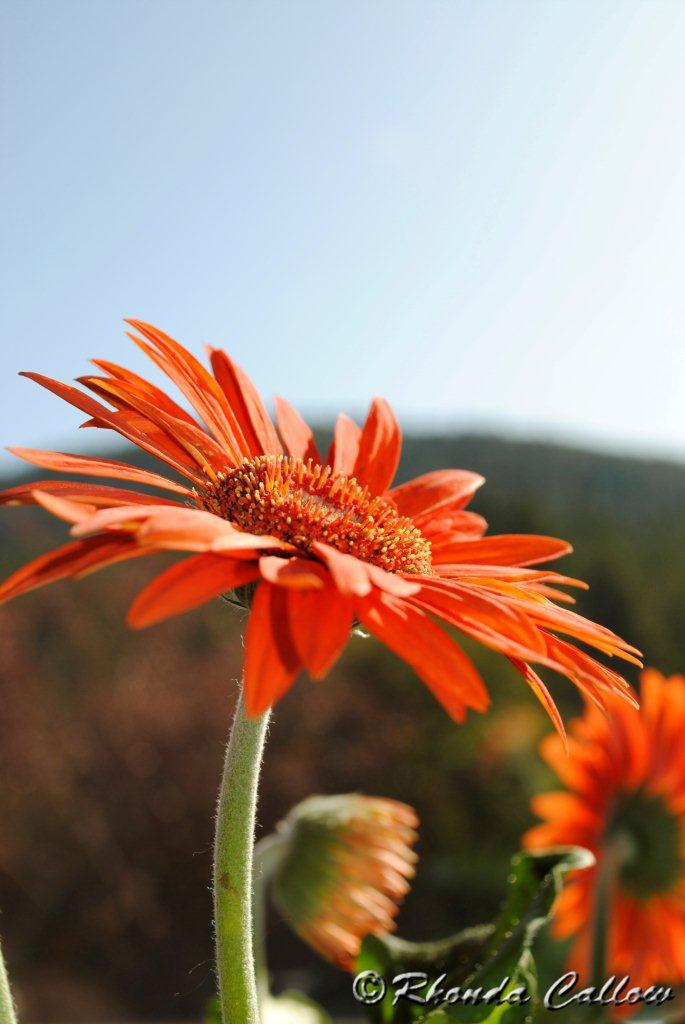
Inspiration
To help inspire you, I’ll leave you with some great autumn-themed stock photos I found. And don't forget to print your best photos after you get them! If you're taking the time to learn these autumn photography tips, you should celebrate by turning your beautiful photos into art! The season's naturally vibrant colours will look incredible as an Acrylic Block or Metal Mini. Or, if you want to print your photos at a larger size, a Gallery Box or custom Framed Print are worth considering!
